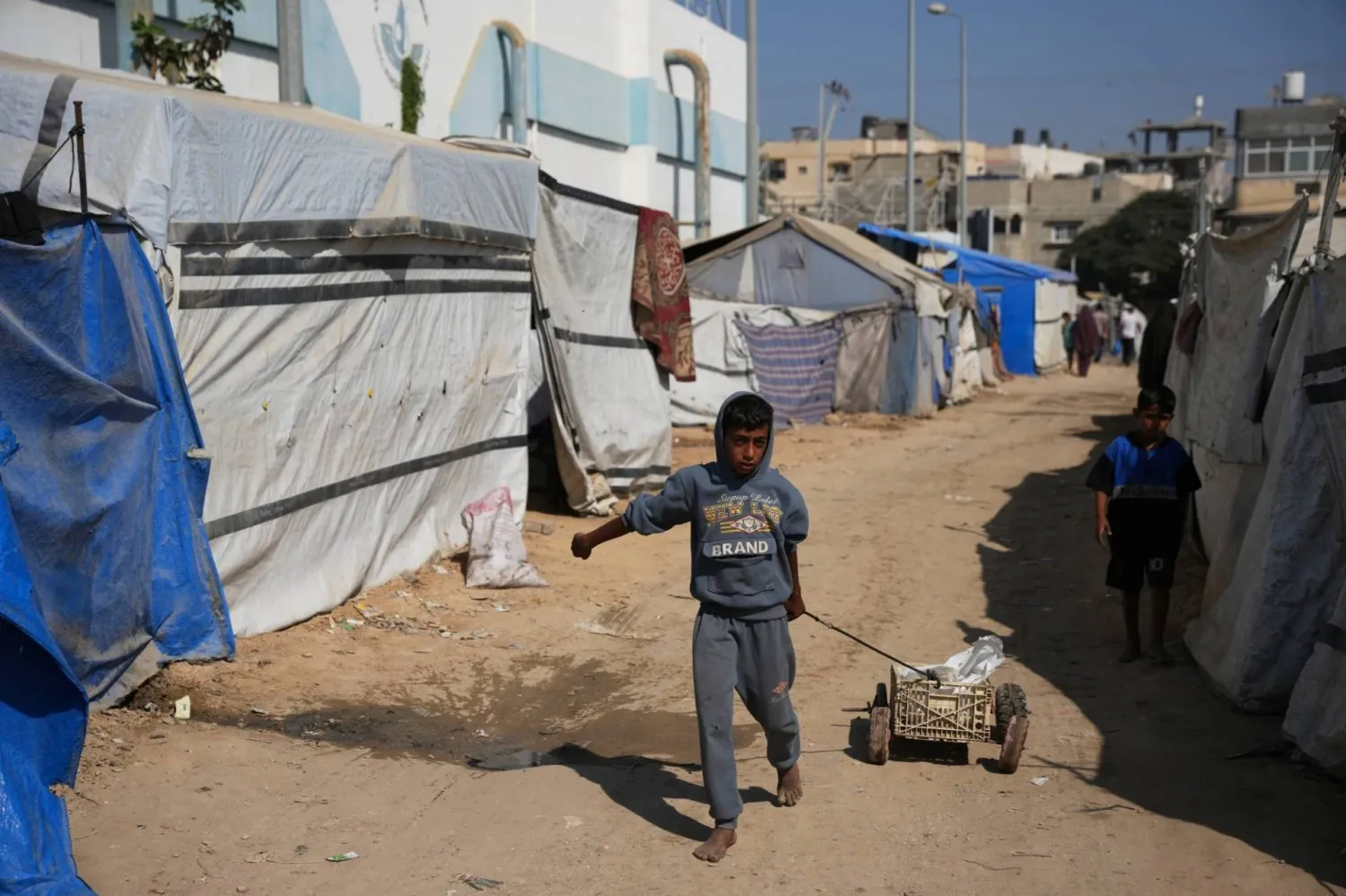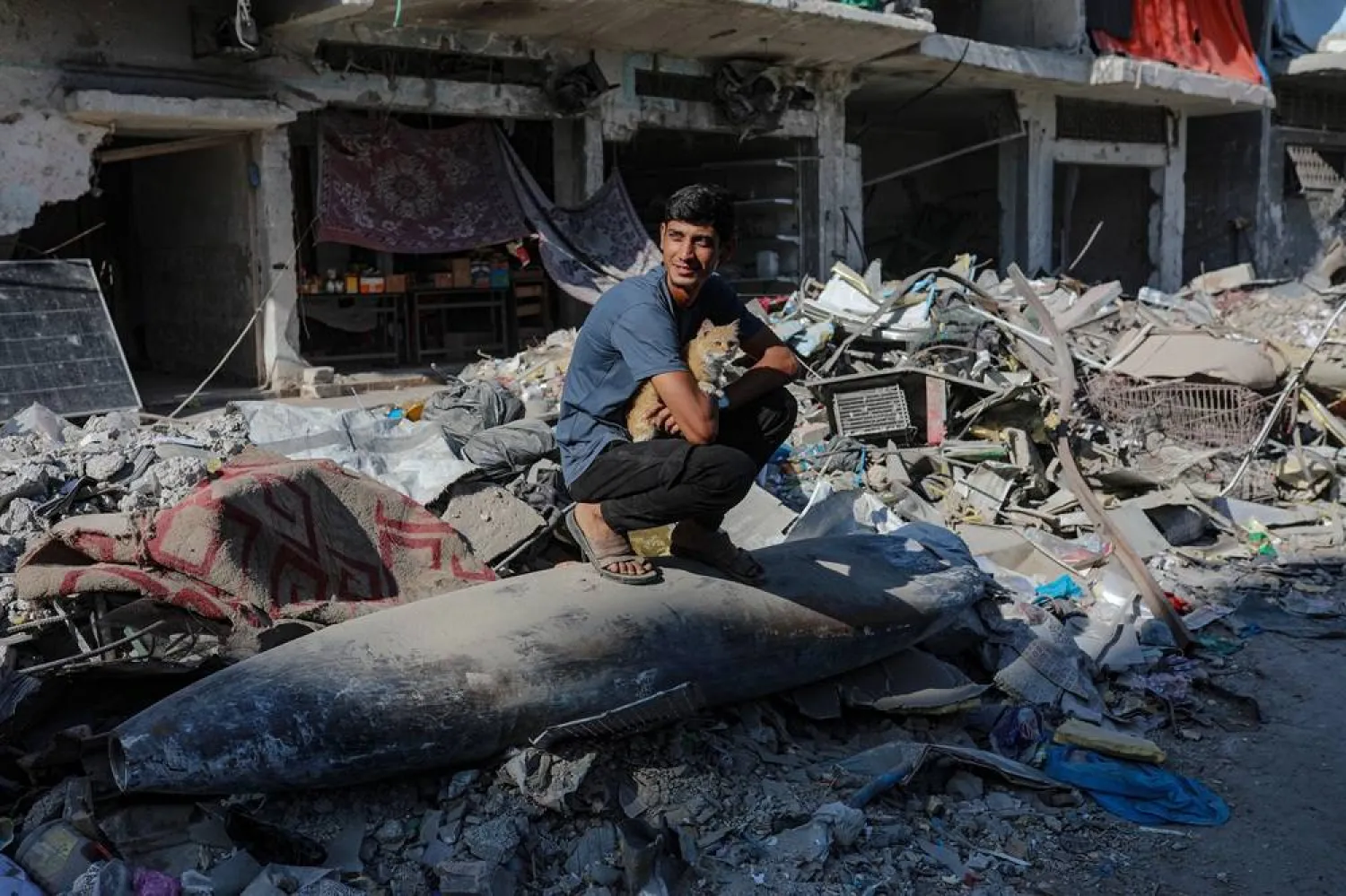Anyone scrolling through social media and seeing the posts of some Gaza residents, including activists, influencers, and shop owners, might think the enclave had not endured a devastating two-year war whose effects still weigh heavily on every aspect of life and worsen by the day.
Images showing a handful of shops reopening after partial repairs, shared by influencers and users on various platforms, have been picked up by some Israeli media outlets portraying Gaza as if it had turned into a paradise.
Yet destruction remains widespread, thousands of victims are still buried under the rubble, and more than 1.5 million people continue to live in tents and shelters, exposed to winter’s cold or the current heat, while sporadic violations persist and more than 200 Palestinians have been killed in the past two weeks alone.
No Oversight or Accountability
Mariam Hamdan, 31, from Gaza City’s al-Nasr neighborhood, said that since the ceasefire took effect on October 10, she has heard about goods entering the enclave, but has seen little improvement in daily life.
Hamdan said she is often shocked by what she sees online, videos painting life in Gaza as “comfortable,” while prices remain exorbitant.
“The goods that do come in are unaffordable. Shop owners and influencers advertising products sell them at prices only someone in Europe could afford,” she told Asharq Al-Awsat.
“We had hoped prices would return close to what they were before the war, or at least to levels seen during the first truce in January,” she said. “Instead, traders are waging their own war on us by draining our pockets with sky-high prices.”
Workers Without Options
Naaman al-Shanti, 53, an employee of the Palestinian Authority, said he has been unable to buy frozen chicken or meat for his family of nine since the ceasefire began. “We were all longing for it, but the prices are beyond reach,” he told Asharq Al-Awsat.
In fact, most Gazans cannot afford frozen goods even though some have reappeared in markets. A kilogram of frozen meat now costs at least 75 shekels (over $23) and sometimes as much as 120 shekels (over $36), compared with just 6 to 8 shekels ($1 to $2) before the war.
“We don’t know what to do anymore,” al-Shanti said angrily. “Life is unbearable. Then you see people posting videos as if we’re living in heaven, not in devastated, miserable Gaza, where most public employees can’t even feed their children.”
Hamas Under Fire
While Hamas-run authorities have largely remained silent, their teams have been seen in markets attempting to keep order. Activists, however, accuse the group of failing to take serious action to address the enclave’s worsening economic hardship, with some blaming it for corruption and a lack of effective governance.
In recent days, reports have emerged of aid theft, including flour, tents, and tarps, from shipments entering Gaza through the Philadelphi corridor along the coastal Rashid Street.
A prominent Gaza activist, speaking on condition of anonymity for security reasons, told Asharq Al-Awsat: “During the war, the occupation and its collaborators exploited people by stealing aid and selling it on the black market.
Now that the war is over, we still see no serious effort to stop the exploitation of citizens’ daily needs. Goods like poultry and cooking gas are entering, but fairness in pricing and distribution is absent.”
He added: “People believed that once the fighting stopped, Hamas’s government would restore order, control prices, and curb exploitation. But the outcome is a big zero, as if we’re still at war.”
Hamas has often said its civil servants are targeted by Israel and face constant threats of assassination, a claim long echoed by field sources. But many residents and activists now dismiss that justification.
In a WhatsApp group of local journalists, one correspondent for a Palestinian TV channel wrote: “If those governing Gaza blamed the bombing and war for their failures, where are they now when it comes to easing citizens’ suffering and protecting them from this cruel exploitation? People who endured and sacrificed for a decision not of their own making are now being rewarded with greed and corruption.”
Another journalist added: “Everyone blames the Economy Ministry. What economy are they talking about, one that collects taxes but ignores citizens’ pain? The least that can be said about this behavior is that it betrays people’s sacrifices and resilience.”
Accusations of Taxing Traders
Accusations are also mounting that Hamas has resumed taxing traders.
Merchant Jamal Abd Rabbo told Asharq Al-Awsat that he buys frozen goods from major suppliers at steep prices and has to sell them slightly higher to make a small profit. He said top wholesalers told him the Hamas-run Economy Ministry imposes taxes on them, forcing prices up.
He added that high demand for poultry from restaurants and shawarma shops has further driven up prices.
The Hamas government has not publicly responded to the accusations.
However, government sources told Asharq Al-Awsat that authorities are preparing measures to curb the crisis, including shutting down restaurants and shawarma stands from Sunday to reserve frozen goods for households and deploying security forces to protect aid convoys along their routes.
Meanwhile, the Hamas-run Petroleum Authority has been accused of mishandling gas distribution, with activists claiming some supplies were diverted to restaurants.
A source familiar with the matter told Asharq Al-Awsat that certain station owners received extra allocations as compensation for transport costs, which they then sold on the black market.
Commenting on the situation, Gaza resident Rami Shahadeh said: “We thought the war ended to bring relief. Instead, it seems it ended so Hamas could resume collecting taxes. We lived an illusion, thinking things would get better, but our endurance has only made us hostages to those exploiting us.”









